6 Mixing Mistakes and How to Avoid Them
A good, thorough mixing session is essential to the success of your final track, but there are plenty of pitfalls to avoid. Rob Boffard rounds up six of the best, or should that be worst? Look, we get it. Mixing is hard. Getting a good mix takes time, effort and skill, and getting a great […]

A good, thorough mixing session is essential to the success of your final track, but there are plenty of pitfalls to avoid. Rob Boffard rounds up six of the best, or should that be worst?
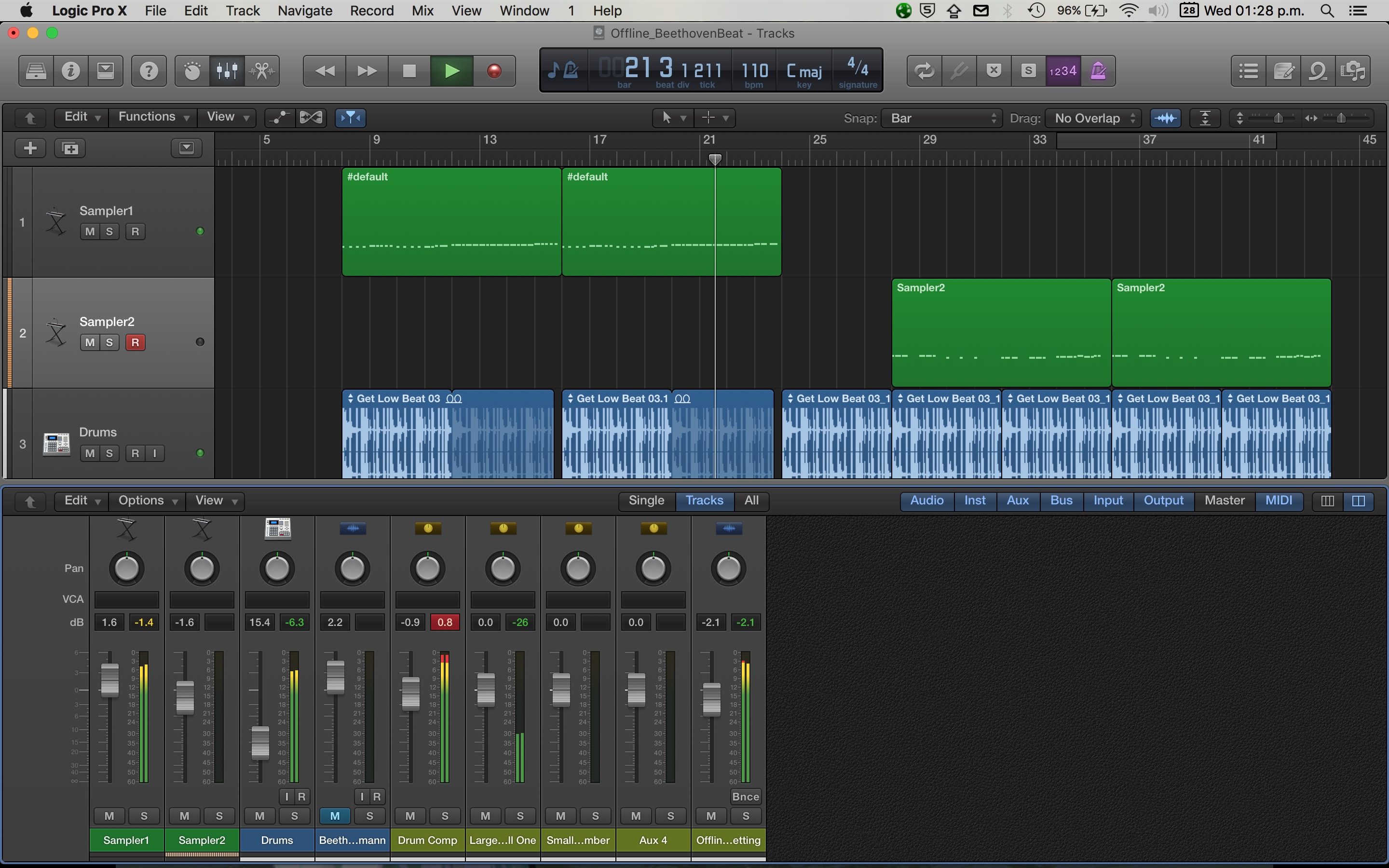
Look, we get it. Mixing is hard. Getting a good mix takes time, effort and skill, and getting a great mix takes all those things plus a truly titanic level of talent. The best way to become a good mix engineer is to, well, mix, and the good news is that this particular path is open to anyone, as long as you’ve got music to work with. While you’re building up that experience, maybe we can help make things sound a little bit more professional, by highlighting six mistakes amateurs often make. Oh, and we’ll tell you how to avoid them as well…
1: Too Many Effects
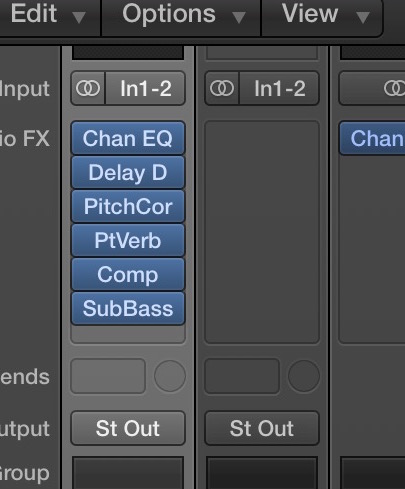
Well, why wouldn’t you? When every DAW comes with dozens of effects, and there are thousands more third-party ones available, it can be very tempting to use a little bit of everything on a particular sound: compression, EQ, reverb, delay and maybe a smidgeon of distortion on there as well.
But let’s pull out an often-used metaphor: mixing is like cooking, and very few dishes are improved by throwing a dozen different seasonings into them. Usually, just one or two are all that’s needed. Same goes for effects. The best way to avoid this is to have a very good idea of what kind of sound you want, and work towards it. Experimenting is great, but you’ll save time and effort if you plan ahead
a little bit.
2: Overdoing Reverb
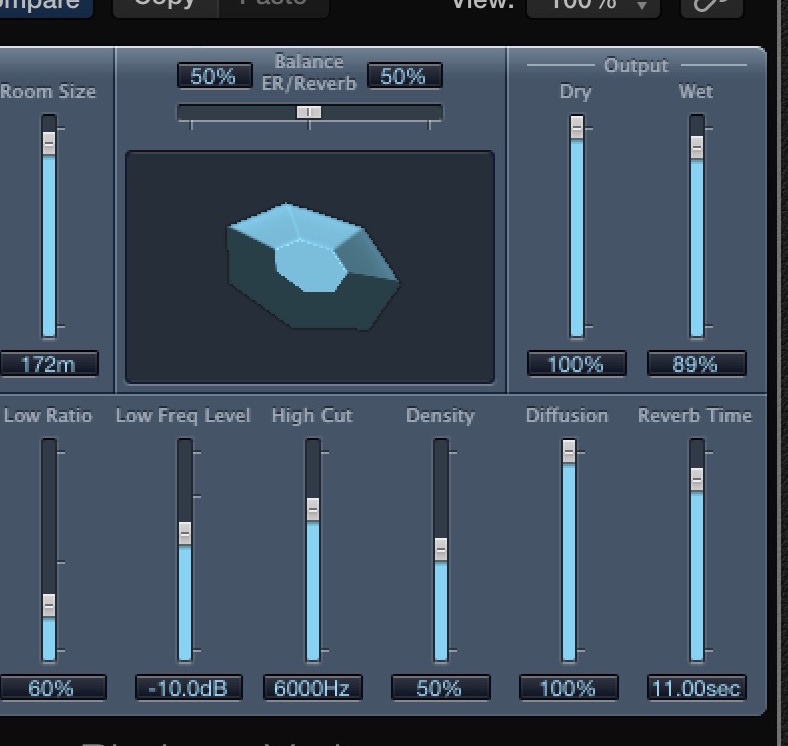
We’re going to zero in on a particular effect here. It’s tempting to overdo the amount of reverb on a particular sound, especially if you’re using a really high-quality plugin and it sounds really good.
But in almost all cases, you can get away with using very little of it and still obtain a solid-sounding end result. Too much reverb, where the tail is too long or the space too big, will muddy up your mix and make it harder for the sounds to stand out. Fixing this is easy: go with the minimum amount of reverb you feel you need. Trust us: it’s probably just about right.
3: EQ too Sharp
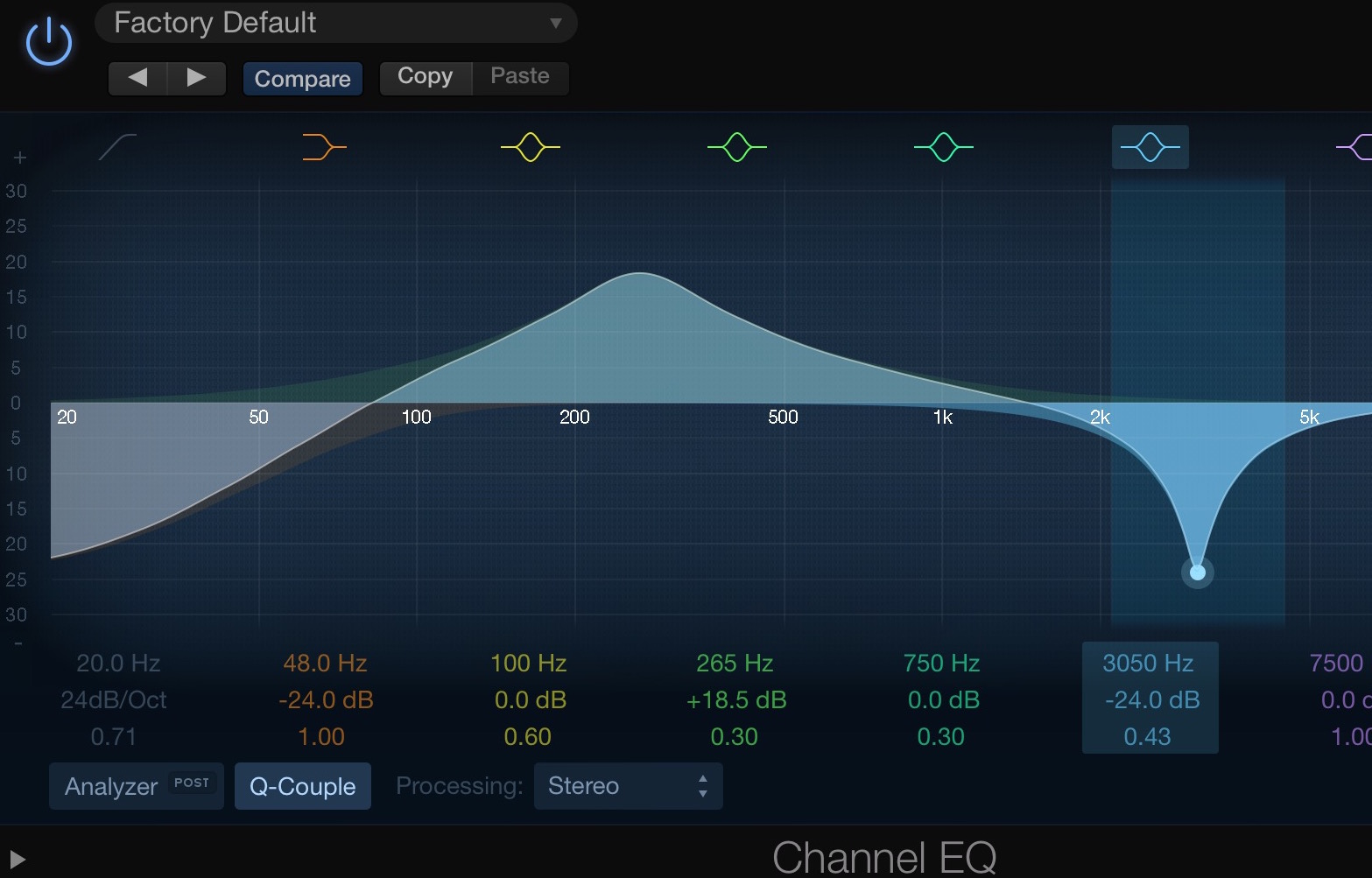
Your EQ curves should be like gently-flowing undulations in the landscape. They should not look like Ben Nevis. A nice mountain range of curves and spikes may make you feel as if you know what you’re doing, but your sound will suffer in ways you can’t even imagine.
A sound that’s been well recorded won’t need a lot of EQ – maybe a couple of tiny bumps here and there to bring out its natural qualities. Any cuts or boosts over 5dB and you’ve definitely gone too far. Cut rather than boost, and keep the Q as shallow as possible. If you find yourself needing massive EQ changes or narrow spikes, then you need to re-record the audio.
4: Not Enough Width
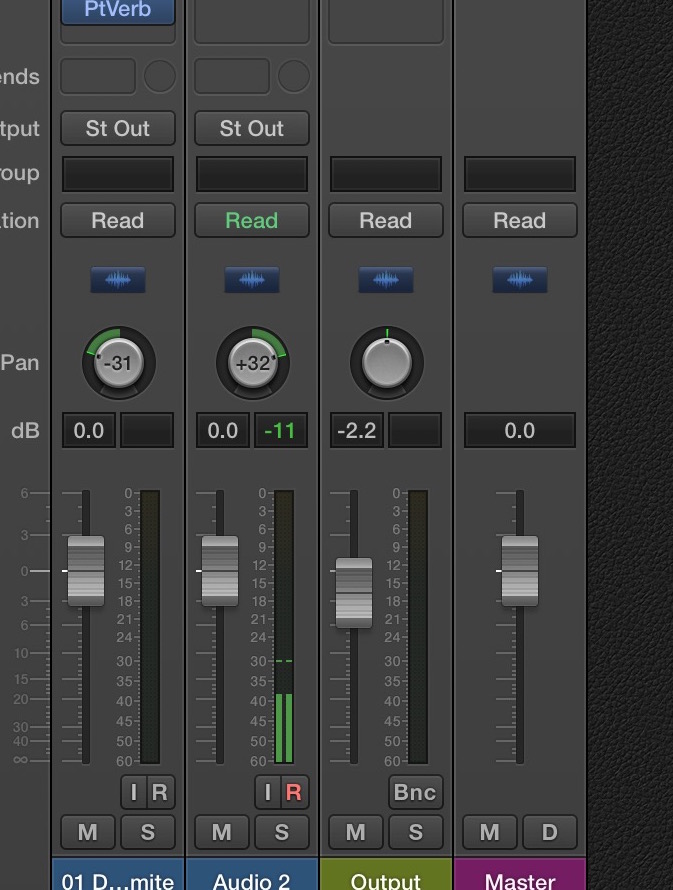
Mono versus stereo. We’ve heard every argument there is, ranging from initially doing the mix in mono to the joys of mono masters over stereo ones. We’re not going to get bogged down in things here, but we will say this: the pan controls are your friends.
They create space in the mix, letting you raise the levels of instruments in the same frequency ranges without too much masking. Usually we’d advocate not pushing things too hard, but in this case, most amateurs often don’t pan things enough. As a result, the mix comes out sounding narrow and lifeless. Do yourself a favour, and push things a little further than you normally would. We’d also recommend a good mid-side plugin, to help you create a more effective mix.
5: Master Processing
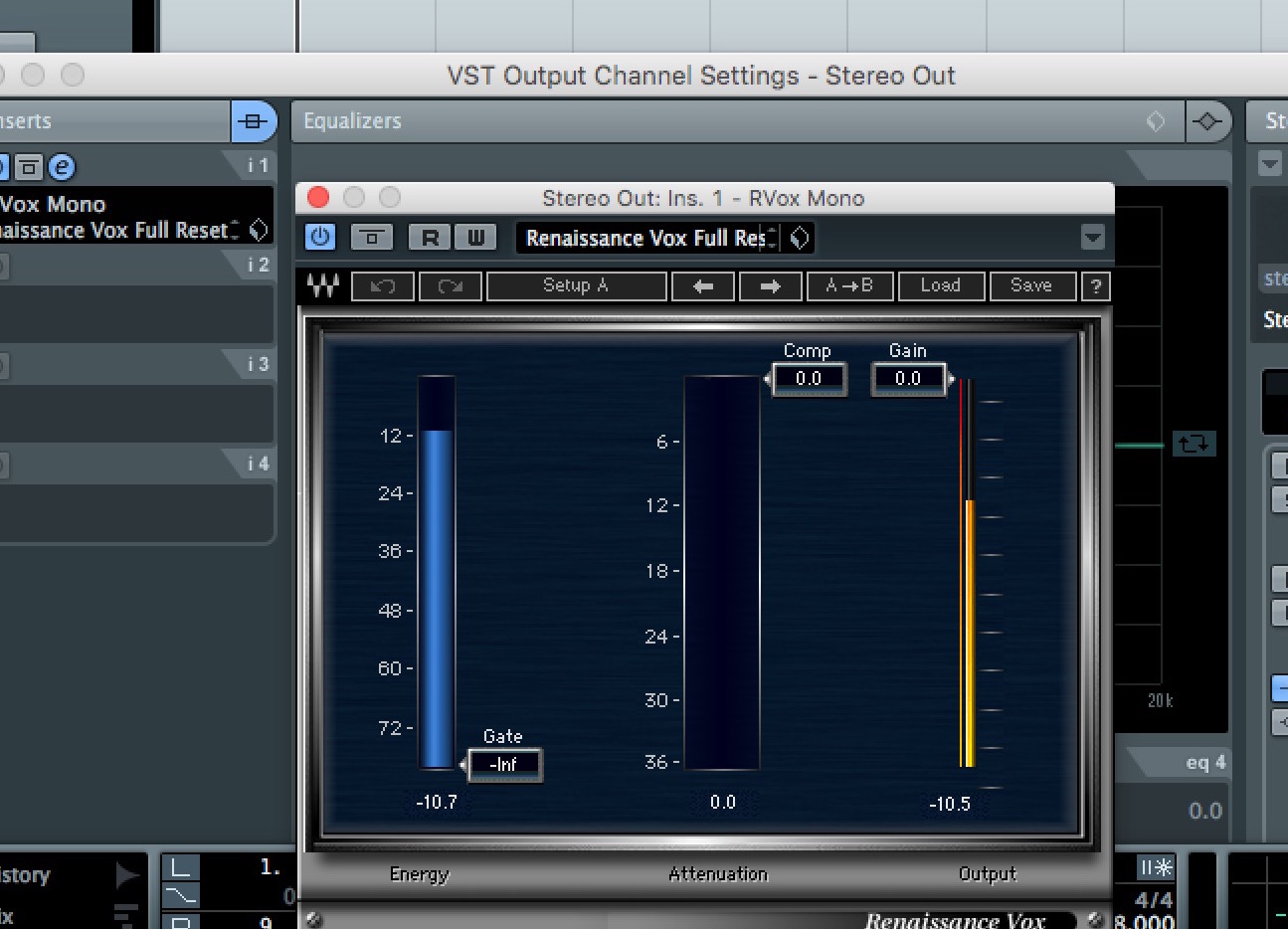
This is a common problem with a simple solution. So many amateurs get to the end of the mix, think ‘It isn’t loud enough!’ and compress the hell out of the master out. Sure, it makes it loud, but if you’re planning to get things mastered it’s going to make your life difficult.
Also, you’re almost certainly crushing the hell out of all that good mix work you did. The solution is simple: nothing on the master out, ever, unless you’re mastering. Pull down the master fader while mixing, then slowly bring it up at the end, leaving around -3dB of headroom.
6: Too Loud
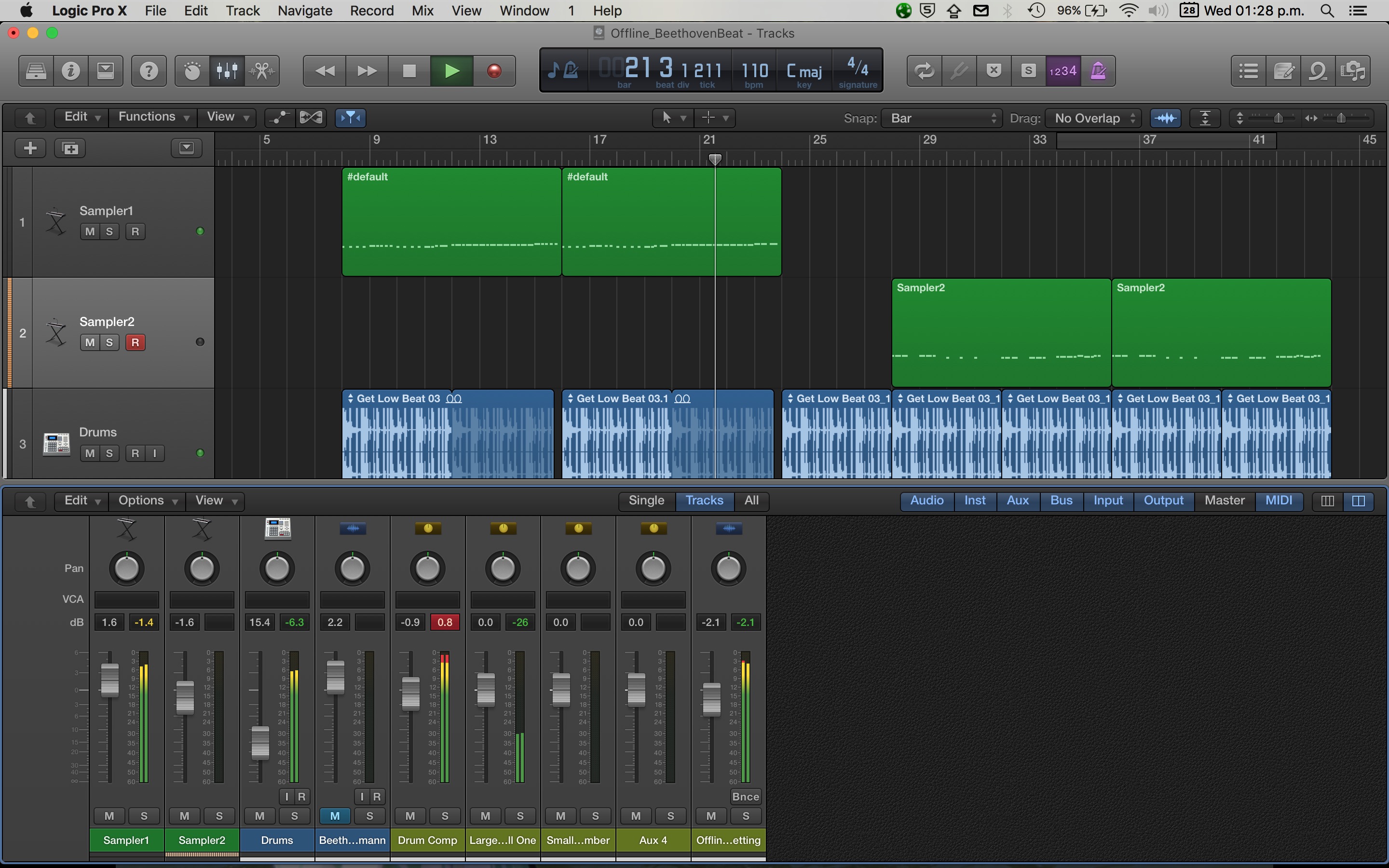
You’ve probably heard the term ‘The Loudness Wars’. It refers to the tendency among musicians to make things as loud and compressed as possible, with the hope of being more ear-catching. Whatever you might think of this, you need dynamics.
Amateurs push and push, making things louder and louder, squashing their sounds with compression until they’re one big sausage-shaped mess. A pro? A pro respects the quieter parts of the track, knowing that having a few of them makes the loud bits louder. Be a pro. Don’t over-compress.